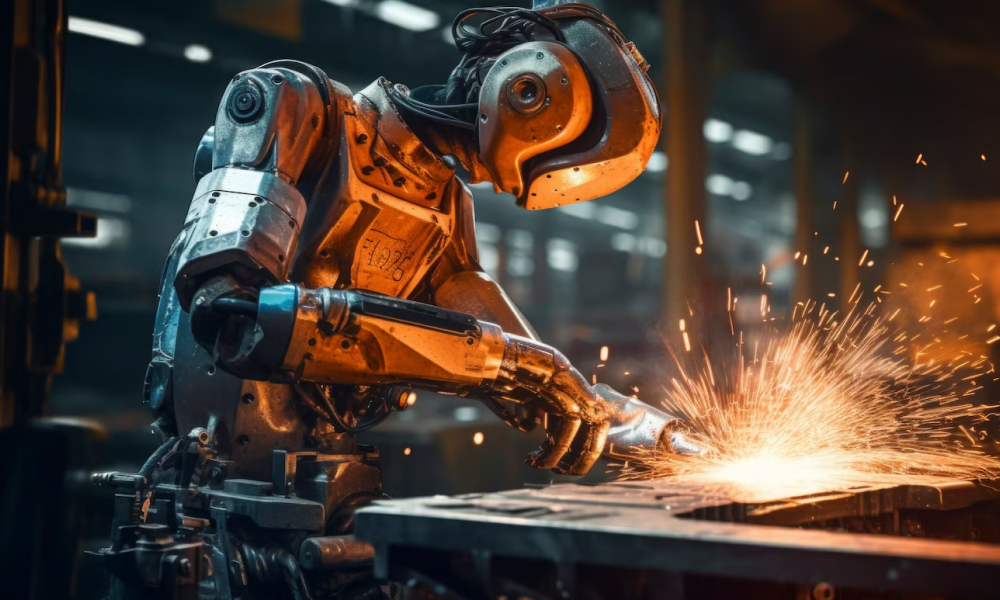Robotic Welding Systems: Improving Precision and Safety in Manufacturing

Services
- Special Purpose Machines
- Heavy Fabrication Fixtures
- Line Automation
- Railway Tools
- Robotic Welding Systems
how can we help you?
Have questions or need assistance? Get in touch with us today. We're here to help.In the ever-evolving landscape of manufacturing, robotic welding systems have become a game-changer, providing a wealth of benefits that enhance both productivity and safety. One of the primary advantages is improved precision. Robotic welders are programmed to execute welds with exceptional accuracy, which results in consistent, high-quality products. This precision reduces the chances of errors, leading to less rework and ultimately minimizing material waste.
Another significant benefit is the reduction of waste. Traditional welding processes often lead to inconsistencies that can generate scrap material. In contrast, robotic systems are fine-tuned to deliver perfect welds, reducing the amount of wasted metal and other resources. This leads to cost savings and promotes more sustainable manufacturing practices.
Safety is another key advantage. Welding can be hazardous due to the exposure to extreme heat, harmful fumes, and the risk of human error. Robotic welding systems eliminate the need for human welders to be in close proximity to dangerous equipment, minimizing the risk of injury. Additionally, these systems operate continuously without fatigue, further ensuring a safer working environment.
Conclusion
Robotic welding systems offer manufacturers a valuable combination of improved precision, reduced waste, and enhanced safety. As industries continue to evolve, adopting such technologies ensures higher-quality production, cost savings, and a safer workspace for employees.